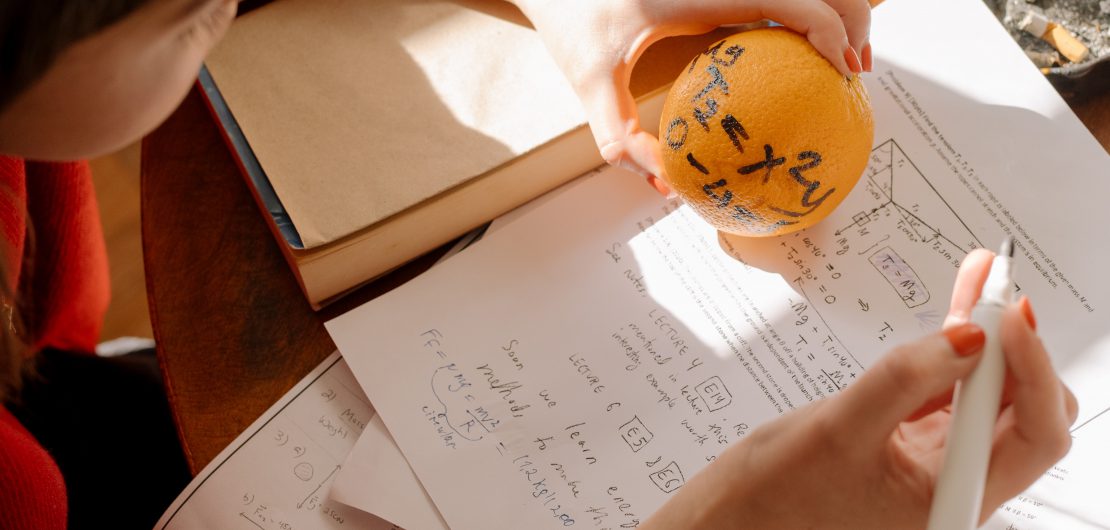
Motivating IEP Math Goals & Exercises for Primary Grades
Let’s face it – while math can be fun, it’s also one of the most challenging subjects. Things can get even more frustrating in an IEP classroom, where everyone’s math abilities are on different levels. That’s why it’s vital for you as a special-ed teacher to create a unique set of mathematical goals for each one of your special education students.
But where do you start? Luckily for you, we’ve created this IEP math goals blog post to get you going.
Basic Principles of IEP Math Goal Creation
When setting the math IEP goals for your students, make sure you identify SMART goals
The goals should be specific, measurable, achievable, realistic, and time-based. For example, a goal like “solve 8 out of 10 simple addition problems with two integers until the end of the semester” is a SMART goal.
However, getting to that threshold might seem impossible and demotivating if the student is not good with numbers. Therefore, your goals should also be specific to each student’s unique abilities to keep them encouraged.
Luckily for you, there are state-specific IEP goal sets available online. Here’s an example from Virginia:
VA Standardized IEP Math Goals

Helping Kids Understand Algebraic Operations
Primary grade students in a special-ed classroom should understand and solve simple addition and subtraction problems (up to the count of ten). With IEP students, the key to success in mathematics is to use visual aids to reinforce learning.
For instance, you can ask your students to show their answers to simple counting problems, using their fingers, drawings, or mental images.
Fun activities and visual aids will help students visualize mathematical equations Here’s an example of an activity you can run:
Q: Ela has 5 birds, but 2 of them just flew away! How many birds does Ela have left?
A: The classroom will have to raise three fingers to show the correct answer.
So, to sum up, the general approach towards math teaching in an IEP classroom is first to reinforce learning with visual aids and then set goals that are unique to each student’s learning abilities.
Curious to see some IEP-specific math problems and goals?
IEP Math Questions and Goals Bank

Basic Adding And Subtracting
If your students can count up to ten and perform simple subtraction/addition problems – then you are on a good path!
When it comes to the goal-setting itself, you should define a “SMART” goal for each of your students based on their abilities at the beginning of the semester, dependent on their abilities.
If a student is good with math, Meredith should solve 9 out of 10 algebraic problems with 3 integers correctly by the end of the year.
If a student struggles with math: Jacob should solve 7 out of 10 algebraic problems with 2 integers by the end of the year.
Curious to see what goals other teachers are setting for their students?
IEP Primary Grades Math Goals Bank
Exercises for Operations and Algebraic Thinking
Once your students get used to the basic logic behind subtraction and addition, you should teach them how to use algebraic thinking with more advanced problems. The first step here would be to teach them how to use number lines and worksheets. Number lines are visual graphs with all the numbers spread out at an equal distance away from each other. They look like this:
You should practice multiple-step algebraic expressions with your students to teach them algebraic thinking. For instance, ask your students to circle the number with the correct answer after completing 3 steps. For example:
- We are starting at 7
- Subtract 3
- Add 5
- Subtract 8
- Where did we end up? Circle the correct quadrant (1).
The number lines can visually help kids move forward with more complicated algebraic problems, opening the road for more complex problems.
Once your students get a hand with simple algebraic operations, you can also start working on some subtraction and addition worksheets with them. You can use simple one-step equations like the ones below for primary grades:
After your students complete a worksheet like this for the first time – you will understand their abilities better and devise a motivating set of SMART goals based on that. Use such worksheets weekly to practice simple arithmetic operations and assess your students’ relative progress.
Are you looking for some prepared math worksheets?
Set Effective Math Goals for Your Students with Datability
When done manually, tracking each students’ goal progress in an IEP classroom can be challenging. Datability’s visual goal setting tool can help you automate each student’s goal tracking and help you assess their performance over time.
Additionally, you’ll have all the student’s data kept in one place, making it easier for you to understand their performance. If you want to find out more about Datability and how the platform works, you can schedule a call with us, and we’ll answer all of your questions.
Meanwhile, head over to our blog page to stay tuned with the latest trends, news, and best practices in special ed.